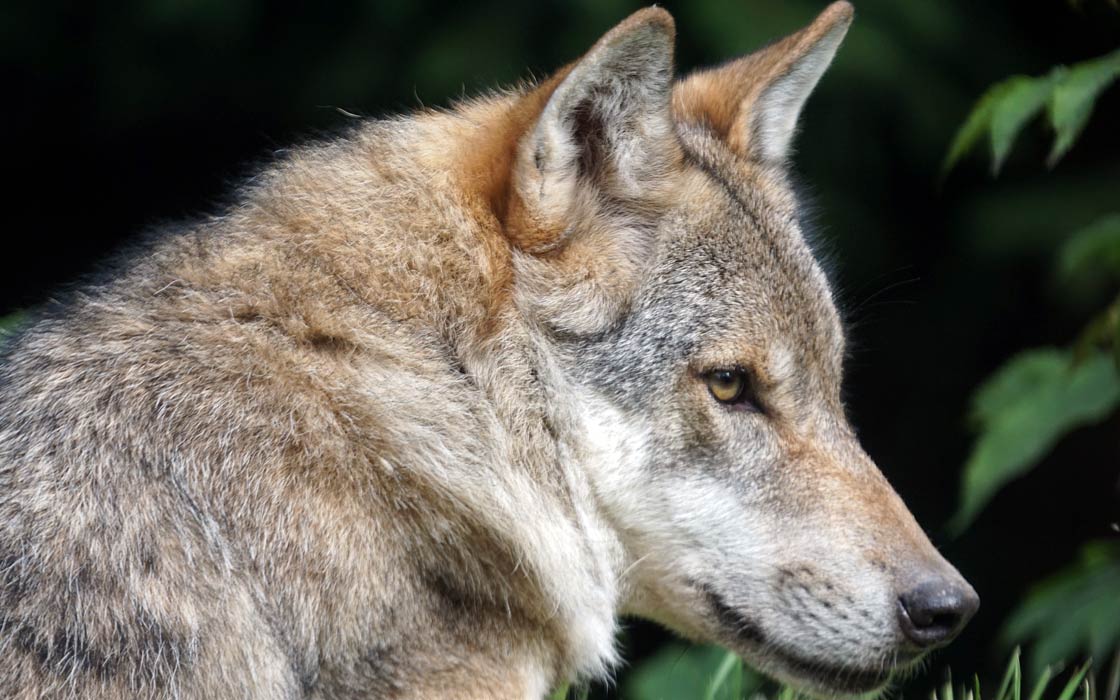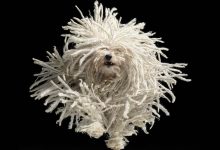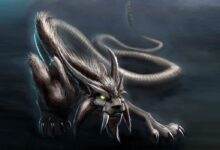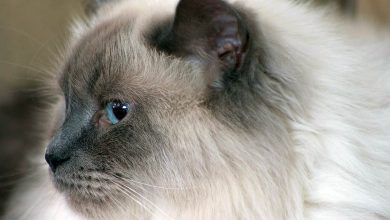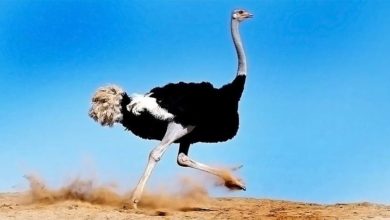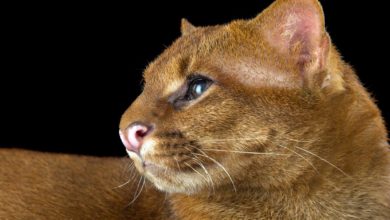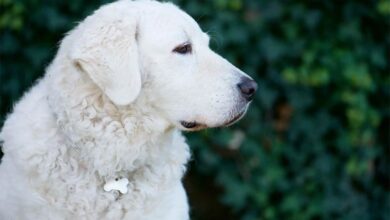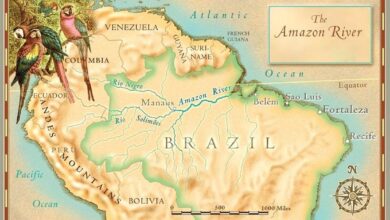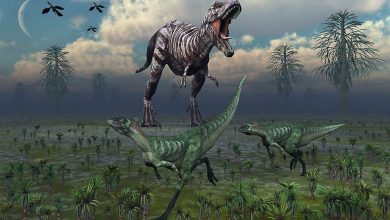Wolf – howling predator
Wolves are wrongly considered to be extremely brave animals. These intelligent predators try not to take unnecessary risks, which is why they usually hunt weak or sick animals. No wonder – a wolf can be killed with one accurate kick from a healthy deer. As one of the key predators, wolves play a very important role in the balance of ecosystems in biomes such as temperate forests, taiga, tundra, steppes and mountain systems.
Wolves – the biggest dogs
Wolves are the largest representatives of the Canidae family. These great and intelligent animals can be found in virtually any area: forests, plains, mountain areas, and even the desert. Wolves inhabit all continents except Africa and Australia. There you can meet their relatives – wild dingo dogs, while in South America there is a maned wolf (Chrysocyon brachyurus), which, however, is not a direct relative of the gray wolf.

Characteristics
Appearance
The size and total mass of wolves are subject to strong geographic variability. It has been noticed that they vary proportionally depending on the surrounding climate and in full accordance with Bergman’s rule (the colder the climate, the larger the animal). In general, the height of animals at the withers ranges from 66 to 86 cm, length from 105 to 160 cm, and weight from 32 to 62 kg, which makes the common wolf one of the largest mammals in the family. One-year-old wolves weigh in the range of 20-30 kg. A wolf matures at the age of 2.5-3 years, reaching a weight of 50 or more kilograms. In Siberia and Alaska, large wolves can weigh more than 77 kg.
A large animal was recorded in 1939 in Alaska: its weight was about 80 kg. It is believed that in Siberia the weight of individual specimens can exceed 92 kg. The smallest subspecies should be considered the Arabian wolf ( Cl arabs ), whose females in adulthood can weigh only 10 kg. Within the same population, males are always larger than females by about 20%.
In general, the wolf resembles a large, sharp-eared dog. The legs are high and strong; the paw is larger and more elongated than the dog’s, the track length is about 9-12 cm, the width is 7 cm, the middle two fingers are more forward, the fingers are not spread out and the print is more prominent than in the dog. The track of the tracks in the wolf is smoother and forms an almost even line, and in dogs it is a winding line. The head is broad-forehead, the muzzle is relatively wide, strongly elongated and framed on the sides by “whiskers”. The massive muzzle of the wolf distinguishes it well from the jackal and coyote, in which it is narrower and sharper. In addition, it is very expressive: scientists distinguish more than 10 mimic expressions: anger, obedience, affection, fun, alertness, threat, calmness, fear.

Smell
The sense of smell in a wolf is very developed. It can detect prey up to 3 kilometers away. A wolf’s nose is 14 times larger than a human’s is, and wolves have 100 times better sense of smell than humans. Wolves distinguish about 200 million shades of smell, humans only 5 million.
Herd animals – pack hunters
Even though some wolves live alone, most hunt in packs. For this purpose, predators join in the so-called packs, jointly attacking deer or wild boars. Wolves try not to take unnecessary risks, therefore their victims are mainly weak or sick animals. This caution should not come as a surprise – a wolf can be killed with one accurate kick of a healthy deer.
A pack of wolves
The wolf pack consists of about 20 individuals, led by the strongest unit. There is a strict hierarchy in the herd, excluding the young, which can do practically anything. The wolves calmly play around and use the older wolves guarding them to practice in the art of hunting. This approach to upbringing means that wolf cubs are strongly associated with the pack. When they grow up, they will be ready to sacrifice even their lives for the pack.
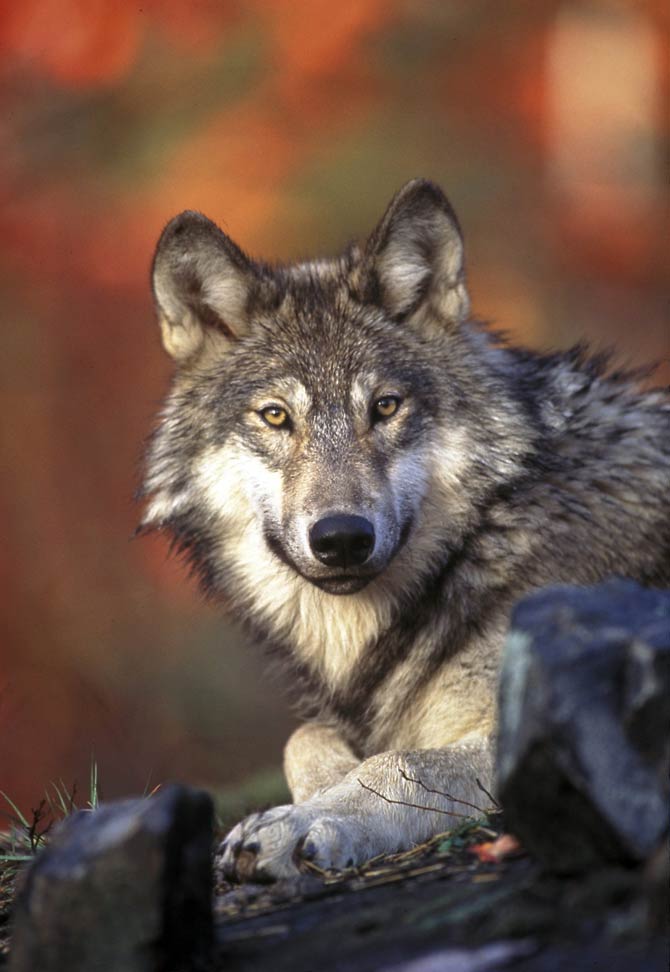
Howling wolves
A characteristic howl tells the herd where the individual is. This sound can also signal the presence of game and allow communication between pack members.
The variety and frequency range of the vocal means of wolves significantly exceed the capabilities of the absolute majority of animals (except for humans and bats ). Wolves make sounds such as howling, whining, grunting, growling, barking, screeching, barking. Each sound has a huge number of variations.
Diet and hunting way
The wolf is a food generalist who primarily preys on animals of roughly hares – up to moose – and bison in size, but also eats fruit, carrion and household waste. The wolf’s basic food is medium to large herbivorous mammals in most of its distribution area. In the north, wolves mainly hunt in the pack, especially elk, reindeer and other deer, but also musk ox. There are also wild boars in Eurasian forests of the temperate climate zone and wild sheep, chamois and ibex in the mountains a common prey. Smaller mammals such as hares, wild rabbits, lemmings and other voles are also caught. In addition to large ungulates, beavers also play an important role in North America as prey. The huge herds of bison in North America before the arrival of the Europeans were probably associated with the largest density of wolves in the world: an estimated 200,000 wolves lived in the grasslands of the North American plains, which mainly fed on bison.
Courage
The wolf is wrongly considered a very brave animal. In fact, seeing a stronger opponent or human, he tries to escape. Although man is much weaker than the wolf, the animal instinctively perceives it as a threat.
Once upon a time, the wolf was much more widespread in Eurasia and North America. At present, its range and the total number of animals have significantly decreased, mainly as a result of human activity: changes in natural landscapes, urbanization and mass extermination. In many regions of the world, the wolf is on the verge of complete extinction, although in the north of Eurasia and America, its population is still stable. Despite the fact that the population of wolves continues to decline, it is still hunted in many places as a potential danger to humans and livestock, or for entertainment.
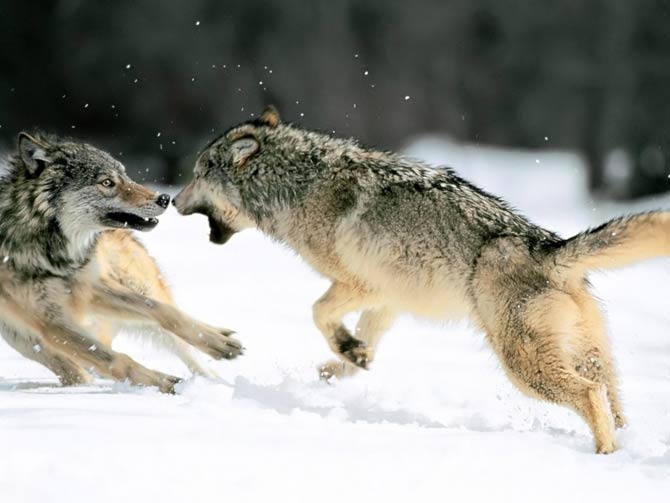
Data / Dimensions (size)
Wolf, gray wolf, grey wolf (Canis lupus)
- Height at the withers:
- male: 70–85 cm (sometimes up to 90 cm)
- female: 60–75 cm
- Body length: average 100–130 cm; sometimes up to 160 cm
- The length of the tail: 30-50 cm
- Length of the ears: 9-11 cm
- Body weight:
- male: 45–60 kg (exceptionally up to 75 kg)
- female: 30–50 kg
- Lifespan: 12-16 years, up to 20 years in captivity
- Litter: 2-6 puppies
- The bite forces of a wolf is twice that of a German shepherd

Wolves – interesting facts
- The wolf is extremely persistent. In search of food, it can travel over 150 km.
- The wolf can travel over 600 km in 2 weeks.
- The wolf covers an average distance of 20 km per day.
- In the past, even bison fell victim to wolves.
- The wolf can run at a maximum speed of 70 km/h.
- The wolf can jump up to 5 meters.
- The largest numbers of wolves live in Canada and Russia.
- Wolves also eat fruit and berries.
- The relationships between wolves in a pack are much stronger than between other pack animals.
- Contrary to popular belief, wolves often hunt small animals, such as birds.
- The largest wolf in the world is the Arctic wolf (Canis lupus arctos).
- Wolves vary in size depending on the area of occurrence.
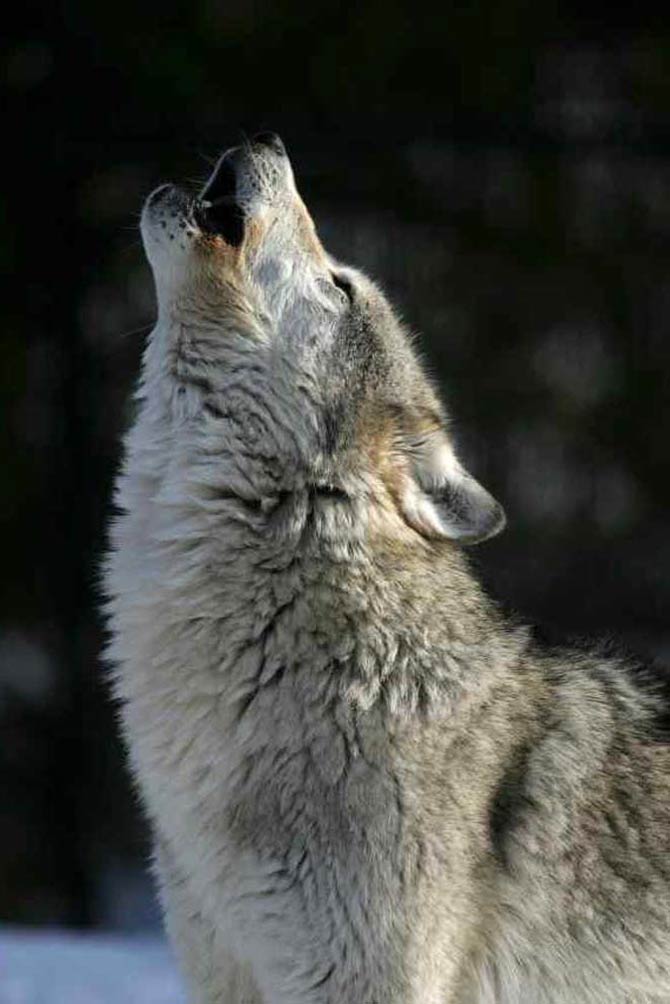
Classification
- Kingdom: Animalia
- Phylum: Chordata
- Class: Mammalia
- Order: Carnivora
- Family: Canidae
- Genus: Canis
- Species: Canis lupus
Subspecies:
We distinguish 38 subspecies of the gray wolf:
- Canis lupus albus Kerr, 1792
- Canis lupus alces Goldman, 1941
- Canis lupus arabs Pocock, 1934
- Canis lupus arctos Pocock, 1935
- Canis lupus baileyi Nelson and Goldman, 1929
- Canis lupus beothucus G. M. Allen and Barbour, 1937
- Canis lupus bernardi Anderson, 1943
- Canis lupus campestris Dwigubski, 1804
- Canis lupus chanco Gray, 1863
- Canis lupus columbianus Goldman, 1941
- Canis lupus crassodon Hall, 1932
- Canis lupus dingo Meyer, 1793 – dingo
- Canis lupus familiaris Linnaeus, 1758 – domestic dog
- Canis lupus filchneri (Matschie, 1907)
- Canis lupus floridanus Miller, 1912
- Canis lupus fuscus Richardson, 1839
- Canis lupus gregoryi Goldman, 1937
- Canis lupus griseoalbus Baird, 1858
- Canis lupus hattai Kishida, 1931
- Canis lupus hodophilax Temminck, 1839
- Canis lupus hudsonicus Goldman, 1941
- Canis lupus irremotus Goldman, 1937
- Canis lupus labradorius Goldman, 1937
- Canis lupus ligoni Goldman, 1937
- Canis lupus lupus Linnaeus, 1758
- Canis lupus lycaon Schreber, 1775
- Canis lupus mackenzii Anderson, 1943
- Canis lupus manningi Anderson, 1943
- Canis lupus mogollonensis Goldman, 1937
- Canis lupus monstrabilis Goldman, 1937
- Canis lupus nubilus Say, 1823
- Canis lupus occidentalis Richardson, 1829
- Canis lupus orion Pocock, 1935
- Canis lupus pallipes Sykes, 1831
- Canis lupus pambasileus Elliot, 1905
- Canis lupus rufus Audubon and Bachman, 1851
- Canis lupus tundrarum Miller, 1912
- Canis lupus youngi Goldman, 1937
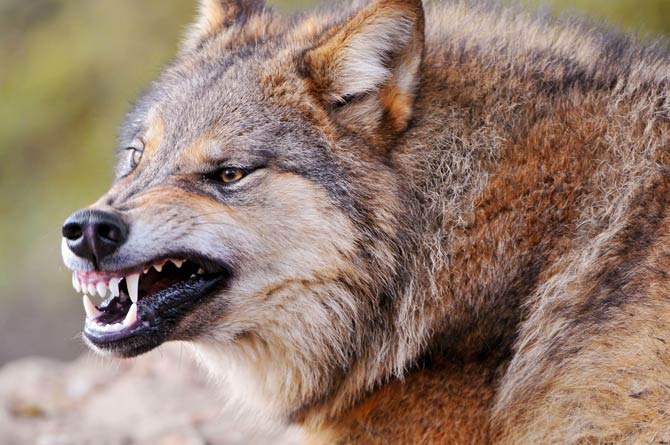
Recommended
- Asian golden cat
- Lion vs tiger
- Tsavo lions
- Barbary lion
- Siberian tiger
- Bengal tiger
- Sumatran tiger
- Indochinese tiger
- Malayan tiger
- Tigers
- White tigers
- Lions
- White lions
- Liger
- Animal fights
- American lion
- European cave lion
- Smilodon – Saber-toothed tiger
- Big cats
- Black panther
- Leopard
- Snow leopard
- African Lion
- Fastest animals
- Fastest birds

